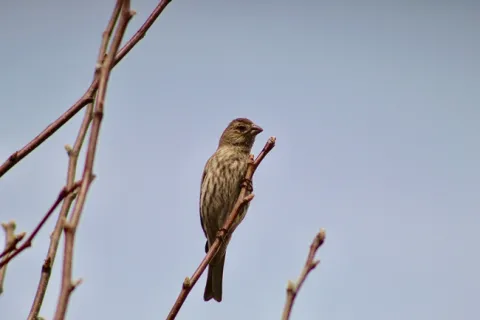
Wildlife Habitat
By Max Light-Pacheco UCCE Master Gardener
I want to provide an enticing refuge in my yard for wildlife. How can I make this happen? Anne L. San Luis Obispo
What a wonderful idea! In fact, if you want your garden to thrive, you will need a variety of bees, butterflies, birds and other vertebrates to help. It's truly a community effort. A wildlife habitat must include food, water, cover, and shelter for little critters. Such an environment will attract pollinators and other beneficials to your yard. This balance of plants and fauna can reduce the need for pesticides and other chemicals. Increasing the biodiversity will ring beauty into your space and have a community of helpers to help maintain your garden.
First choose plants that provide food and shelter and those that will best fit into your landscape. Native plant species that support wildlife are often energy and water efficient and, perhaps more importantly, create balance in nature as certain plants and animals have evolved together over the centuries.
Water is another requirement for wildlife. A birdbath or ground level water source is sufficient. Another option is to develop a water garden by diverting water into an area to create a wetland for wetland species.
Space is needed for courtship and mating, to bear and raise their young. They need protection from the elements and from predation. Diverse native plant communities provide varied sources of food, cover and space for mating and raising young. Dead trees, brush piles, fallen logs in your yard would closely mimic their natural habitat.
Purchasing prefabricated homes for wildlife is one option, but it's not the same as restoring native plant communities. Always research before you purchase. Any manmade structure will require maintenance.
For further information on creating a habitat for local wildlife, please watch UC Master Gardener's Advice To Grow By on Instagram Live on August 21 at noon. Master Gardener, Susie Silva, will discuss the benefits of using the garden to create a wildlife habitat. Her credo is to “Nurture the nature that we have in our own yards.” The National Wildlife Federation's Wildlife Habitat Certification program at www.nwf.org/garden-for-wildlife. walks you through the process for certifying your garden as a Wildlife Habitat.

